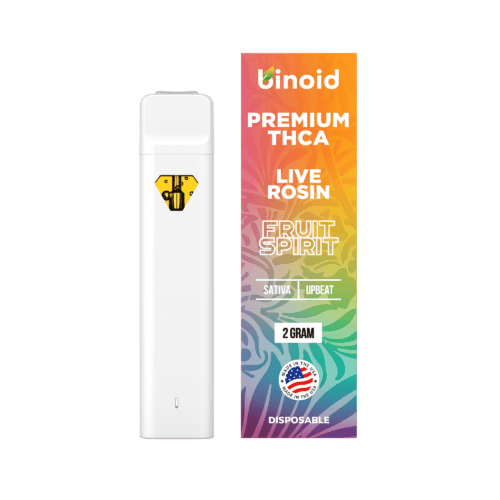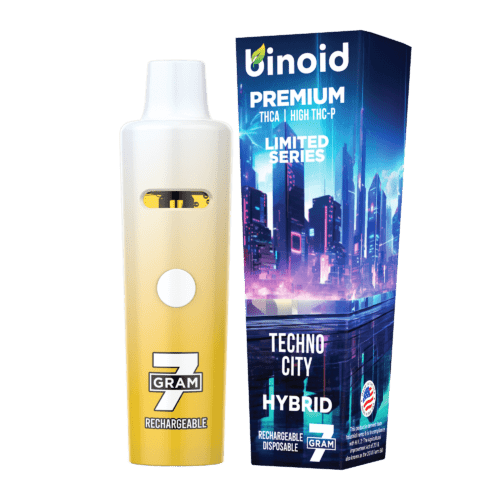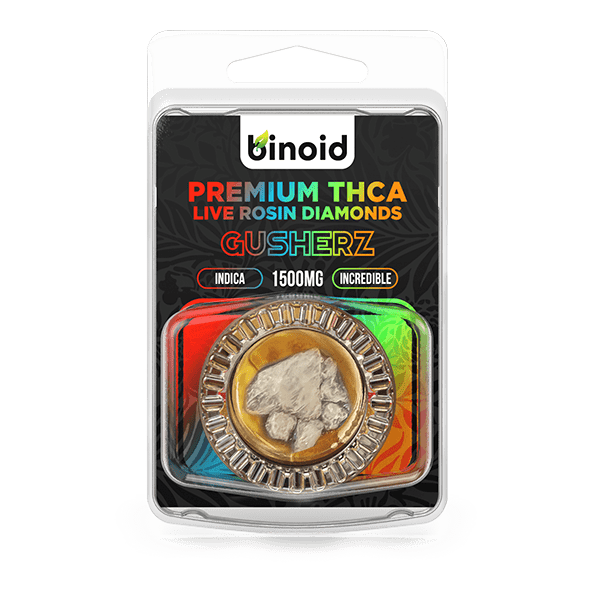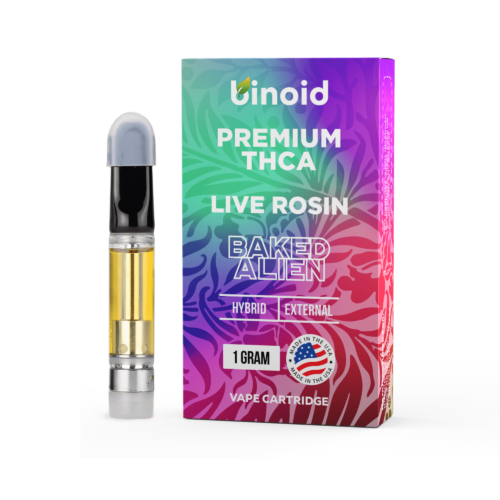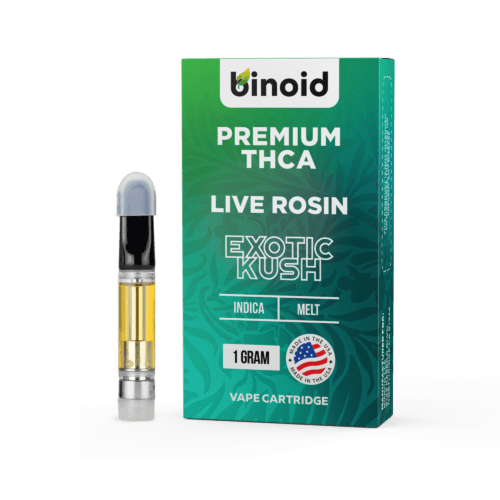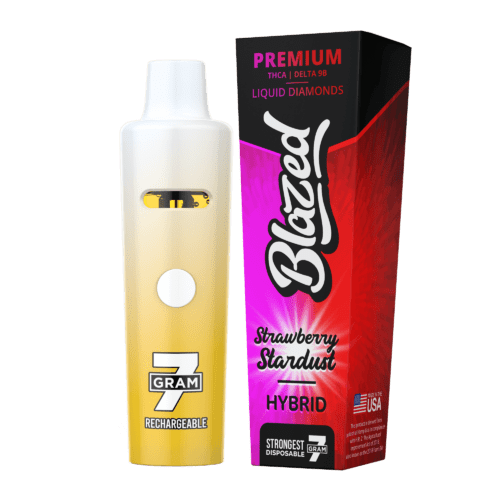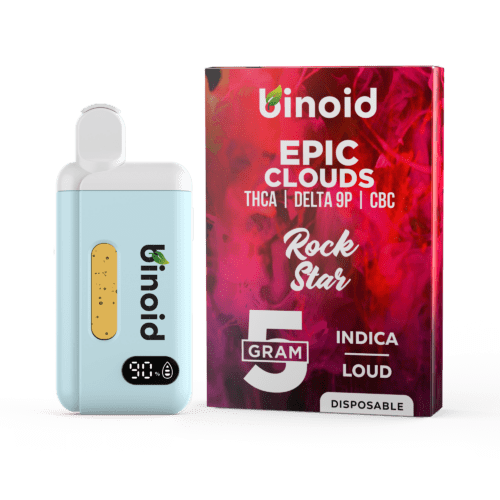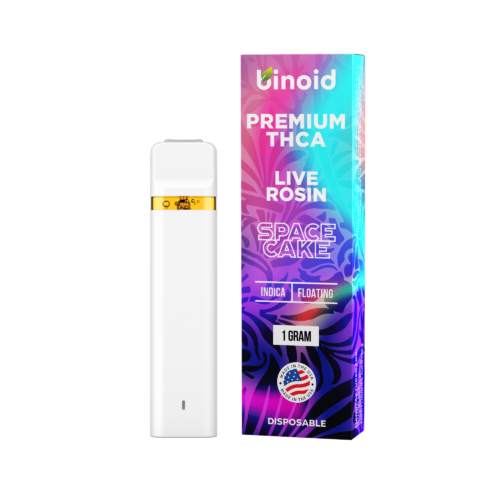
THCA Cannabinoid: Tested and Reviewed
Out of all of the cannabinoids in the hemp plant, perhaps one of the most distinctive is THCA, aka tetrahydrocannabiolic acid. While the cannabinoid does have “THC” in its name, it’s non-psychoactive, and used for purposes other than getting us high. Understanding how it works through the endocannabinoid system gives us more insight into what it’s capable of.
To Buy THCA Products Click Here
How Do Cannabinoids Work?
To understand how this cannabinoid works, we need to understand the relationship that all cannabinoids share with the body’s endocannabinoid system. The endocannabinoid system is a system found in all mammals, and its job is to use cannabinoids to regulate individual processes of the body, with the general goal of bringing us into homeostasis.
Throughout the body is a network of cannabinoid receptors, each one capable of regulating a specific process of the body, whether it be our sleep cycle, our mood, our inflammation levels, our pain tolerance, etc. Cannabinoid receptors are divided up into two categories: CB1 receptors, located in the nervous system, and CB2 receptors, located mainly in the nervous system, digestive system and immune systems. Some cannabinoids work more strongly with CB1 receptors, some work more strongly with CB2 receptors, and some work with both in a more balanced way.
When a cannabinoid absorbs into the bloodstream, it attaches to specific cannabinoid receptors, and this process enables the cannabinoid receptors to regulate specific processes that affect our body and mind. At the same time, specific cannabinoid receptors in the brain use cannabinoids to produce a psychoactive effect, and how strongly a particular cannabinoid attaches to those receptors determines the strength of the high, which explains why some cannabinoids are far more intoxicating than others.
There are over 100 specific cannabinoids in the hemp plant, and each one plays its own role in interacting with the endocannabinoid system, which is why each cannabinoid ultimately feels and behaves differently. This is why getting high off of delta 8 can feel so different from getting high off of THC-P, for example.
Theoretically, each time we consume a cannabinoid, we’re bringing our bodies closer to homeostasis, although it’s safe to say that the majority of people who take psychoactive cannabinoids are more interested in its immediate intoxicating effects, which are undeniably enjoyable and can be extremely valuable to maintaining our mood, physical comfort levels, and more on a daily basis.
How Does THCA Work with the Endocannabinoid System?
While we went over what the endocannabinoid system offers when we consume cannabinoids, THC-A works a bit differently, for one very specific reason: THCA is a raw, acidic cannabinoid precursor to THC.
The cannabinoids that we’re used to consuming have been decarboxylated – in other words, strategically heated to activate their potent properties that are derived through the cannabinoids attaching to cannabinoid receptors. Raw cannabinoid precursors, as they exist naturally in raw hemp flower, don’t work that way. They instead interact with other types of receptors, which we’ll explain more thoroughly now.
What Effects Can THC-A Offer?
Up until very recently, THCA was very low on the radar because it was assumed that prior to decarboxylation, cannabinoids are essentially useless. Now, we know that’s not the case, as raw cannabinoids like CBDA, CBGA and now THC-A are shown to offer properties unique from their post-decarboxylated counterparts. When in their raw form, these cannabinoids don’t attach directly to CB1 and CB2 receptors, but instead work with indirect channels that are tasked with regulating functions of the body.
THC-A does seem to regulate COX-1 and COX-2, which act as the precursor enzymes to the body’s inflammation response. In other words, THCA may play a role in preventing inflammation or decreasing it, through an entirely different mechanism as THC itself. COX-1 and COX-2 are naturally occurring enzymes in the body that are responsible for the release of prostaglandins in the body, which cause pain and are a major part of inflammation.
It also seems to play a role in regulating TRPA1 and TRPV2, which are two proteins in the body responsible for itching, pain, cold tolerance and sensitivity to environmental irritants, and body temperature regulation, respectively.
THC-A may also regulate immune function and regulate anandamide uptake. Anandamide was the first cannabinoid to be discovered as a cannabinoid that is naturally produced by the body, rather than being derived from cannabis. It’s believed to play a critical role in mood regulation.
Final THCA Working Thoughts
THCA is more than just the raw, non-intoxicating version of THC. In fact, knowing how the cannabinoid works in the body shows us that it has a lot of value, and can improve our daily lives in all kinds of meaningful ways.

